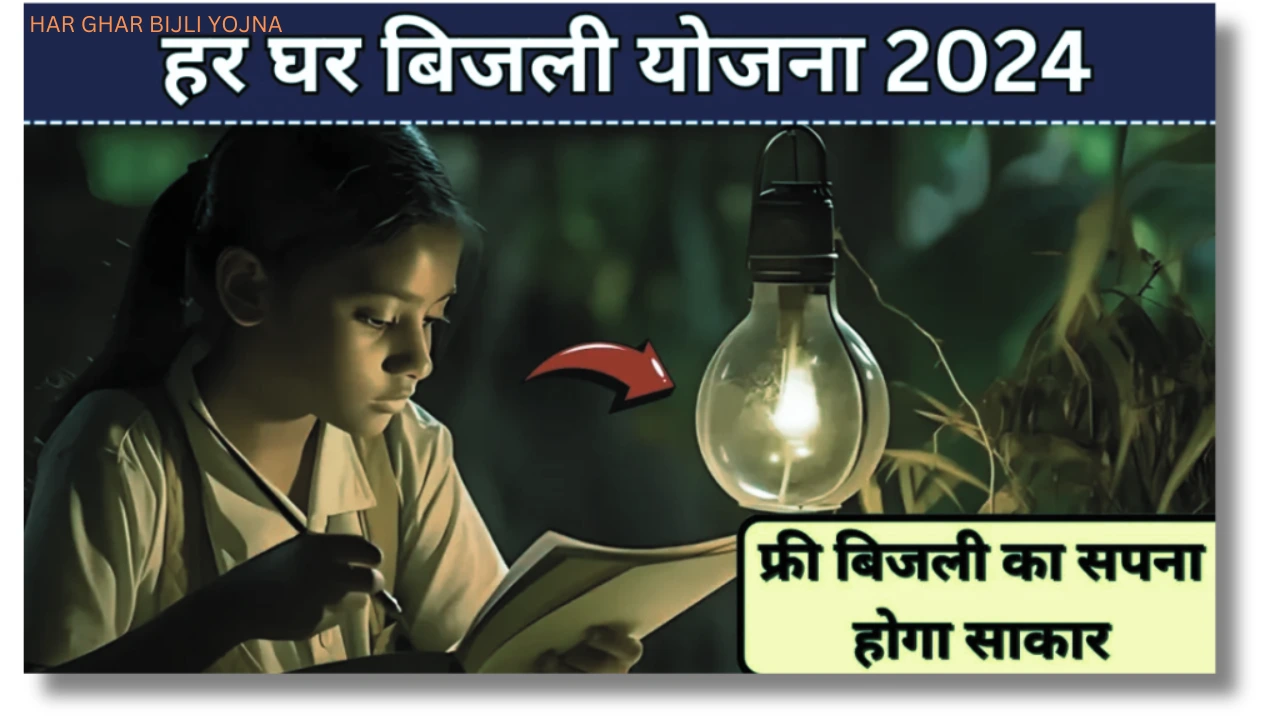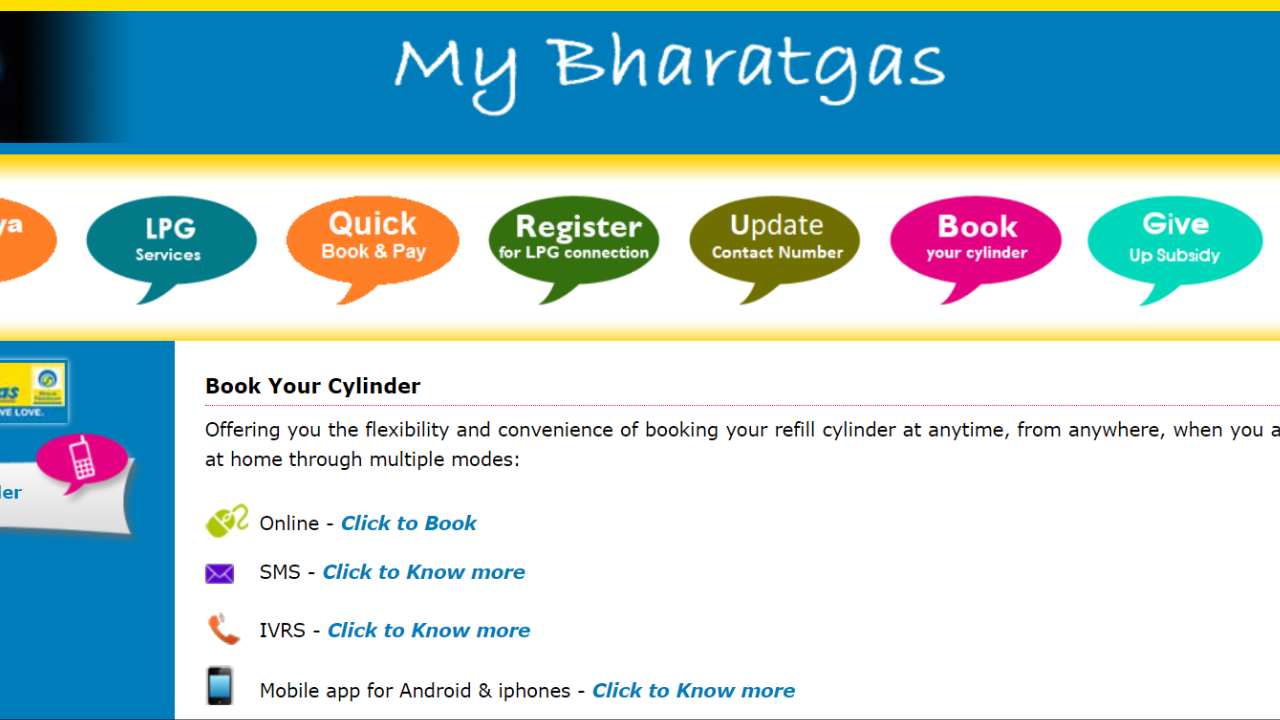India has made remarkable strides in infrastructure development over the last decade, with electricity being a fundamental aspect of this growth. One of the key initiatives spearheaded by the Government of India is the Har Ghar Bijli (Power for Every Household) scheme, which aims to provide universal access to electricity across the country. The program, formally launched under the Saubhagya Yojana, is a major step towards rural electrification and improving the quality of life for millions of Indians. This article delves into the latest updates, current Har Ghar Bijli status, and the impact of the initiative on various sectors.
Overview of the Har Ghar Bijli Scheme
The Har Ghar Bijli initiative was launched with the primary objective of ensuring that every household in India, particularly in rural and remote areas, has access to reliable and affordable electricity. Prior to the launch of this scheme, millions of households were still living without proper access to electricity, impacting education, healthcare, and overall quality of life. The program envisions reaching even the most inaccessible regions to provide electricity connections free of cost to low-income families.
Key Features of This Scheme’s Initiative
This scheme’s status reveals some important features that make this program transformative:
- Free Electricity Connections: Under the Saubhagya Yojana, free electricity connections are provided to households identified as economically weaker sections, especially those in rural areas.
- Targeted Rural Electrification: The scheme is particularly focused on electrifying villages and far-flung areas where access to electricity has traditionally been scarce.
- Solar Power Solutions: In areas where traditional grid power is not feasible, solar power solutions are being installed to provide electricity.
- Monitoring & Transparency: The program has implemented online monitoring mechanisms, allowing citizens to check the Har Ghar Bijli status through dedicated portals.
Latest Developments in the Har Ghar Bijli Scheme
1. Achievements in Rural Electrification
As of the latest reports, the government has successfully electrified more than 99.9% of households across the country. This is a massive improvement from previous years, when a significant proportion of India’s rural population lacked access to reliable power. Villages in states like Uttar Pradesh, Bihar, Odisha, and Assam, which faced substantial electricity deficits, have seen impressive progress under this scheme.
| State | Households Electrified (in %) |
| Uttar Pradesh | 100% |
| Bihar | 99.8% |
| Odisha | 99.7% |
| Assam | 99.9% |
2. Solar Power Integration in Remote Areas
One of the most innovative aspects of this scheme initiative is the integration of solar power solutions in remote and mountainous regions where extending traditional grid connections is challenging. Solar panels, along with battery storage systems, have been installed in remote areas, including regions in Ladakh and Arunachal Pradesh. This has significantly enhanced access to electricity for residents in these areas, providing them with reliable and sustainable energy solutions.
3. Use of Smart Meters and Digital Platforms
To promote efficiency and transparency, smart meters are being installed in many households. These smart meters allow households to monitor their electricity consumption in real time, ensuring better energy management. Additionally, digital platforms have been developed for citizens to track their scheme status and raise complaints if needed.
Challenges Facing the Har Ghar Bijli Initiative
While the program has made remarkable progress, certain challenges remain. Some of the key obstacles include:
- Geographical Barriers: In some of India’s most remote and hilly terrains, the electrification process is still slow due to difficult geographic conditions. However, solar solutions are helping to mitigate this issue.
- Maintenance and Reliability: While most households now have electricity connections, maintaining the quality and reliability of these services, especially in rural areas, continues to be a challenge. Power outages and equipment malfunctions are still prevalent in some regions.
- Affordability of Usage: Although electricity connections are free, the cost of electricity consumption remains a concern for many low-income households. The government is working on subsidizing electricity rates for underprivileged families.
Har Ghar Bijli: Impact on Society
This scheme has had a profound impact on various sectors of society:
- Education: With the availability of electricity, students in rural areas now have better access to lighting, enabling them to study at night and use digital learning tools.
- Healthcare: Rural healthcare centers now have consistent access to power, enabling them to use essential medical equipment and refrigeration for vaccines.
- Entrepreneurship: Electricity access has opened up new opportunities for small businesses in rural areas, from refrigeration of goods to running small machinery.
- Women Empowerment: Electrification has improved household chores, reduced time spent on gathering fuel, and enabled women to engage in productive activities.
Har Ghar Bijli Status: Real-Time Tracking and Transparency
The government has launched several online platforms to track this yojna status for different regions. These platforms offer citizens real-time updates on the electrification process and allow them to report issues. The transparency offered by these platforms is crucial for ensuring accountability and timely resolution of grievances.
FAQs
1. How can I check the Har Ghar Bijli status for my area?
You can visit the official Saubhagya Yojana website or download the relevant mobile application to check the electrification status of your area. The portal provides real-time updates on the electrification process.
2. Is there a cost for getting an electricity connection under Har Ghar Bijli?
No, under the Saubhagya Yojana, electricity connections are provided free of cost to low-income households. However, the cost of electricity usage will still apply.
3. How is the government addressing power outages in rural areas?
The government is working on improving the infrastructure and maintenance services in rural areas to reduce the frequency of power outages. Smart meters and monitoring systems are also being implemented to improve service quality.
4. Are solar power solutions available under this scheme?
Yes, solar power solutions are being provided in remote areas where traditional grid power is not feasible. These systems come with solar panels and battery storage to ensure a continuous power supply.
5. What is the deadline for completing electrification under Har Ghar Bijli?
While the government has already achieved near-universal electrification, ongoing efforts are being made to reach the remaining households in the most remote areas by the end of the current fiscal year.
Conclusion: A Bright Future with Har Ghar Bijli
This Bijli scheme initiative has made tremendous progress in achieving its goal of universal electrification in India. With more than 99.9% of households now connected to the power grid, the program has brought about transformative changes in rural communities, improving access to education, healthcare, and economic opportunities. While challenges remain in terms of maintenance and affordability, the government’s commitment to providing reliable, affordable electricity to all is unwavering. The future of this scheme’s program looks promising, with continued efforts to ensure that every household, no matter how remote, can enjoy the benefits of electrification.
Read More Blogs Click Here PM Kisan Samman Nidhi Yojana 2024



